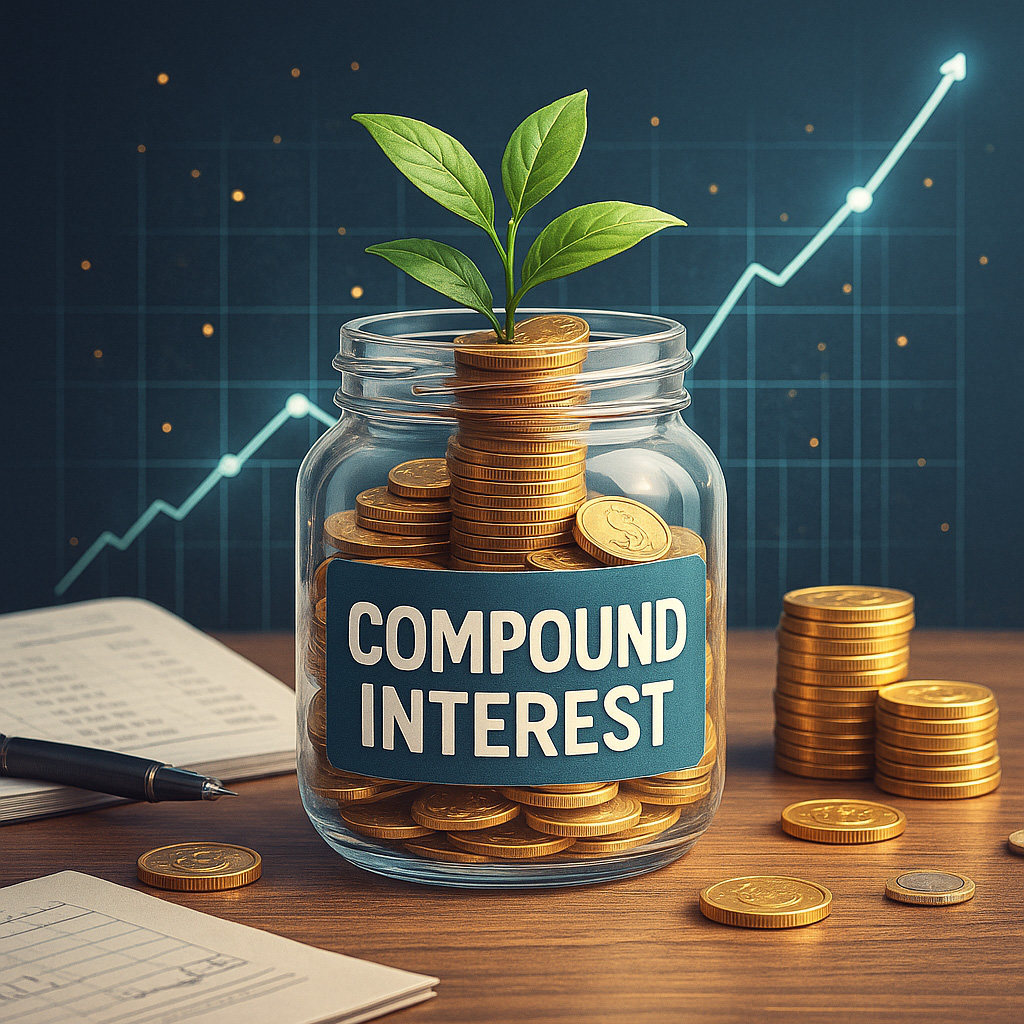Compound Interest Secrets: Must-Have Investing Tips for Best Gains
Compound interest is often described as the eighth wonder of the world—and for good reason. The magic of earning interest on not just your initial investment but also on the interest that accumulates over time can lead to significant growth in your portfolio. Yet, many investors fail to fully harness this powerful tool due to a lack of understanding or poor strategies. If you’re looking to maximize your returns and unlock the full potential of compound interest, following the right investing tips is essential.
In this article, we will delve into the secrets behind compound interest and provide must-have tips that can help you achieve the best gains from your investments.
Understanding Compound interest: The Foundation of Long-Term Investing
Before diving into tips and strategies, it’s crucial to grasp what compound interest truly is. Compound interest occurs when the returns on your investments are reinvested to generate their own earnings over time. Unlike simple interest, which only earns on the initial principal, compoundinterest allows your money to grow exponentially.
For example, if you invest $1,000 at a 5% annual interest rate, simple interest would earn you $50 every year. Compound interest, however, earns interest on both your original $1,000 and the accumulated interest, resulting in more than $50 in the second year, and so on.
This compounding effect accelerates growth, especially over longer investment horizons, making time your greatest ally when it comes to accumulating wealth.
Must-Have Investing Tips to Maximize Compound interest
1. Start Early and Stay Consistent
When it comes to compound interest, time is the most critical factor. The earlier you begin investing, the more periods you give compound interest to work its magic. Even small contributions made consistently over time can grow into substantial sums.
For instance, investing $200 monthly starting at age 25 can yield far greater returns by retirement than investing the same amount starting at 35, simply due to the additional compounding years.
2. Reinvest Your Earnings
To fully take advantage of compound interest, always reinvest dividends, interest payments, and capital gains. Pulling out earnings interrupts the compounding cycle and limits your growth potential.
Many brokerage platforms and mutual funds offer automatic dividend reinvestment plans (DRIPs), which can simplify this process and ensure your earnings keep working for you.
3. Choose Investments with Strong Growth Potential
While compound interest works with any interest or returns, selecting investments with solid growth prospects amplifies your gains. Stocks, index funds, and exchange-traded funds (ETFs) have historically provided higher average returns over the long term compared to bonds or savings accounts.
However, keep in mind that higher returns often come with increased risk. Balancing your portfolio based on your risk tolerance and investment goals is key to sustaining long-term growth.
4. Minimize Fees and Taxes
Fees and taxes can erode your gains significantly over time, hindering the power of compound interest. Opt for low-cost investment options like index funds or ETFs with minimal expense ratios.
Additionally, tax-advantaged accounts such as IRAs or 401(k)s allow your investments to grow tax-deferred or tax-free, which can substantially boost your compounded returns.
5. Maintain a Long-Term Perspective
Investing with compound interest in mind calls for patience and discipline. Market fluctuations can tempt investors to sell during downturns, but withdrawing funds prematurely interrupts compounding.
Instead, focus on your long-term financial goals and maintain a diversified portfolio. Over time, markets tend to recover and reward patient investors.
Pitfalls to Avoid When Harnessing Compound interest
While compound interest can be your strongest ally, certain mistakes can undermine its benefits:
– Starting late: Delaying investing means fewer compounding periods, limiting growth.
– Making sporadic or irregular contributions: Consistent investments boost overall compounding effects.
– Withdrawing earnings frequently: This breaks the compounding chain and reduces total returns.
– Ignoring investment fees or taxes: High fees and taxes cut into your gains and should be minimized.
– Chasing short-term gains: High-risk bets for quick profits can jeopardize your capital and compound interest benefits.
Final Thoughts: Transform Your Financial Future with Compound interest
The secrets to maximizing compound interest lie in starting early, being consistent, reinvesting your earnings, choosing the right investments, and minimizing fees and taxes. By adhering to these investing tips, you harness the power of compounding and put your money to work efficiently, driving the best possible gains over time.
Remember, the key to success is patience and discipline—compound interest amplifies your returns most effectively when you commit to the long game. Use these strategies to grow your wealth steadily and make your financial goals a reality, one interest payment at a time.
